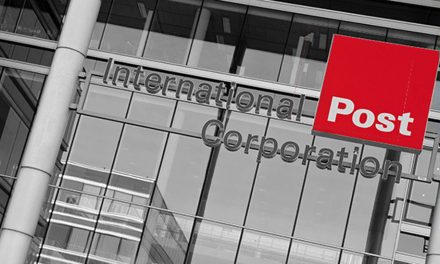
Publishers to test reconsolidation of periodicals concept
Twenty years after he first pitched the idea. Fred Seymour, through his company Frederick P. Seymour & Associates. is managing a significant pilot test of “reconsoIidation” of Periodicals Mail. The Magazine Publishers of America (MPA) and American Business Media (ABM) are sponsoring the reconsolidation test. which Seymour has designed. He will manage the logistics and implementation. as well as provide analysis of the test results and the costs amid benefits of the reconsolidation concept.
In a nutshell, reconsolidation is a way to distribute magazines on a national basis that reduces the number of Periodicals mail streams from four to two: 1) titles to be
manually sorted and carrier-processed into delivery sequence; 2) titles presorted, sequenced and co-mailed so fully prepared for carrier processing. PMG Jack Potter has said that the Postal Service will move to streamline the processing of flats so there are only two mail streams.
The reconsolidation idea is to co-mail the Periodicals Mail that doesnt move at the carrier route rate. For the big publishers, that’s about 20% of their v olunie. For smaller-circulation pubs, that’s as much as 80% or more of their volume that could be reconsolidated. After printing. publishers would drop their titles at one of the reconsolidation facilities strategically placed around the country. The consolidator would mingle the titles with
other magazines to get the density needed for pallets of Carrier Route destination entry packages. These packages would effectively bypass all postal handling and go right to the carrier.
The mailer is doing all of the processing ork and the letter carrier is delivering. Key elements of the newest rates in R2001 do apply to reconsolidation in the discount structure. such as the pallet discount and the DDL entry discount. But in the composite. the effect might be
greater than the current rate structure allows. When the reconsolidation test proves successful, the industry might see the need for a new rate category.
The catalyst for the reconsolidation concept is obvious. The costs to handle Periodicals have skvrocketed over the past 20 years. Seymour notes that from 1984 until July 1, 2001, the Periodical outside county regular rate has gone up cumulatively 1 21%. The rates proposed in the current rate case take that to 133%.












